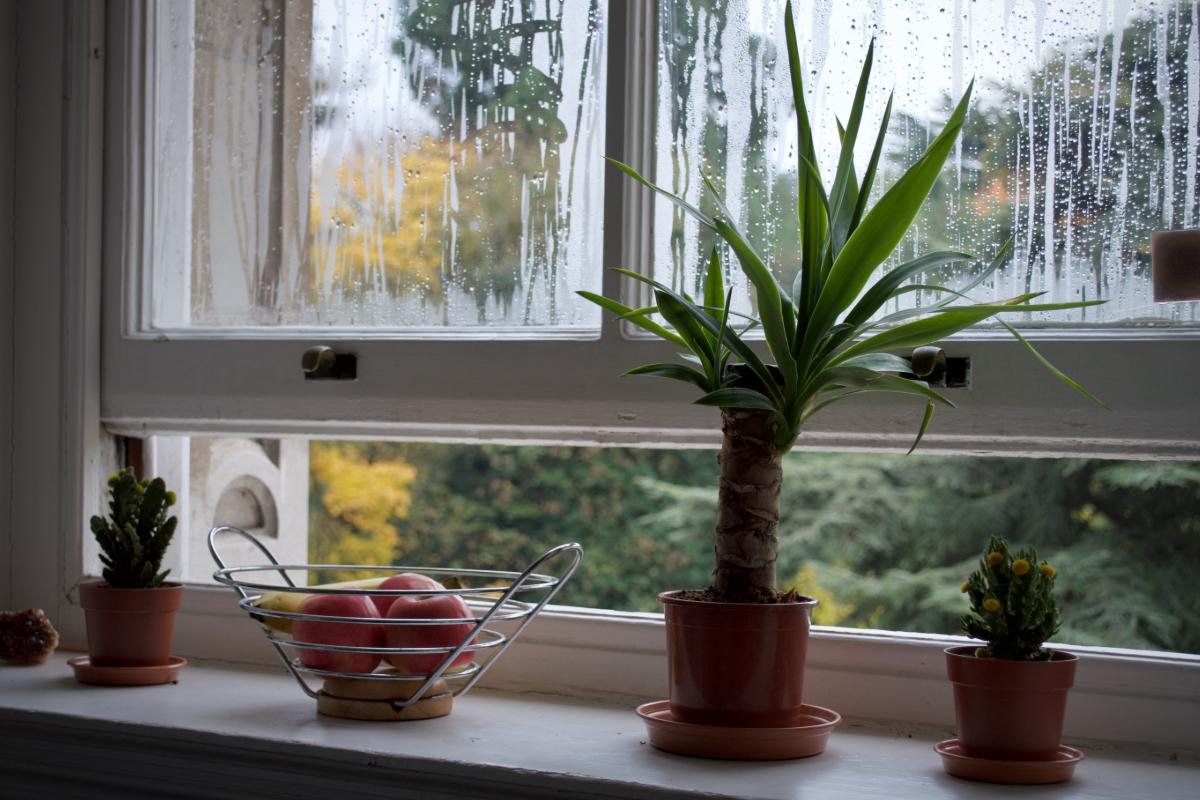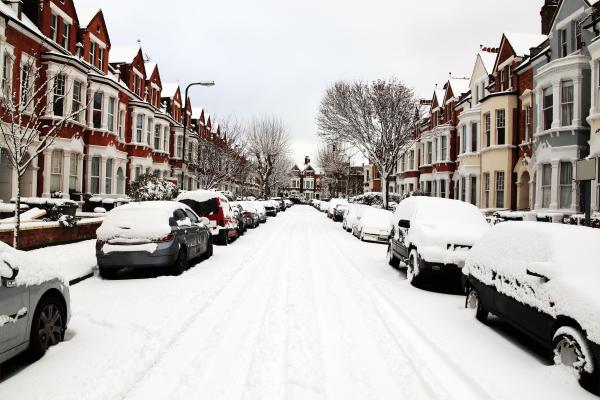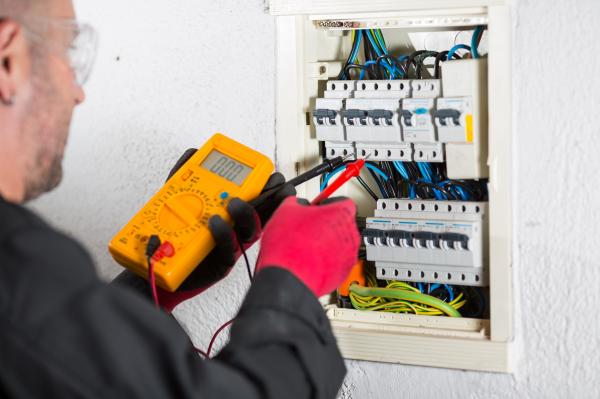
Damp and mould are common problems affecting landlords and tenants across the UK and can cause serious issues if not solved timely and correctly. We have looked at different causes of damp and mould, what landlords and tenants should do to resolve a damp problem and what the regulations cover.
How Can Damp and Mould Affect Your Health?
Having damp and mould in your home can affect the immune system. Living with damp and mould can also lead to respiratory infections, allergies, skin sensitivity, and asthma. People who are more sensitive than others such as babies, children and elders should avoid staying in the affected property.
What Are The Different Types Of Damp?
There are 3 common types of damp: condensation, penetrating damp and rising damp.
Condensation
Condensation is a common damp problem in winter when there is inadequate ventilation or poor heating and insulation. It occurs when excess moisture in the air comes into contact with a cold surface and is often found on windows and walls. Although it may seem like a small issue, condensation can lead to further damp and mould growth if not dealt with in a timely manner.
Penetrating Damp
Penetrating damp can be caused by external or internal structural failures, such as an internal leak, plumbing issues and when water seeps through external walls or the roof.
Rising Damp
Rising damp is commonly found on ground floor apartments and basements. When moisture beneath the building is soaked up into the bricks, floorboards or concrete, rising damp can appear.
Whilst sometimes it might seem obvious what the cause of damp is, it could be a more deep-rooted problem that requires a damp expert. It may also worth getting a damp expert’s opinion if the dispute cannot be resolved between the tenant and landlord.
Tenant Responsibilities For Mould & Damp
When damp and mould occurs, tenants should notify the landlords in order to arrange a proper fix as soon as possible. It is important to let landlords know about the problem and any repairs needed or impacts it has caused.
Identifying the causes of damp can be difficult without a professional diagnosis. Having a professional diagnosis can help eliminate potential misunderstanding and arguments.
If the damp is caused by condensation, tenants can resolve the problem by making small changes in terms of lifestyle, such as opening the window more often to ensure good ventilation and hanging the washing outside instead of trapping moisture indoors.
However, it could be impossible to prevent damp if the property doesn’t have a good ventilation system or doesn’t have an outside area. If the problem is due to the property’s structure instead of one’s lifestyle, landlords should invest in good ventilation to eradicate condensation issues.
Landlord Responsibilities For Mould & Damp
It is required by law that landlords should organise an inspection and carry out any repairs needed when the tenants report a damp and mould problem. From a legal perspective, if a damp diagnosis suggests rising or penetrating damp as the cause, it is down to the property’s structure. This means landlords should be responsible for resolving the problem.
If the damp is caused by an underlying repair issue such as leaking internal pipes or missing roof tiles, landlords should arrange repairs to be done within a reasonable time.
Is It Required By The Law?
Yes. It is always a good idea to resolve damp issues in a timely manner as damp can lead to mould, which creates serious long-term damage to the property’s structure and value, as well as the tenant’s health.
In the legal requirement under ‘repairing obligations’ set out in Landlord and Tenant Act 1985, it is stated that the structure and exterior of the dwelling-house, supply of water, gas and electricity and heating and heating water should be well-maintained.
Treating damp is also a mandatory repair under the Housing Health and Safety Rating System (HHSRS). If damp is not treated soon enough, the environmental health department may be contacted by the tenants. Environmental health may inspect the property and charge the landlord fees.
From 20th March 2019, under the Homes (Fitness for Human Habitation) Act, landlords are accountable for making sure the properties are fit to live in for tenants, which includes inadequate ventilation, damp and mould issues.
Court action is possible if the landlord fails to fix a damp problem, where tenants may be able to get the matter resolved and receive compensation for any inconvenience caused.
How To Prevent & Deal With Damp
The lifestyle of the tenants can contribute to condensation prevention. Daily habits like covering the pans when cooking, using an extractor fan in the bathroom, leaving a gap between hard furnishing and walls and opening the window can help reduce condensation.
Landlords can also help prevent condensation by ensuring the heating, insulation and ventilation systems are well-established and maintained in the property. Regular inspection such as during tenant turnover period can prevent serious damages as damp can be identified and fixed before mould occurs.
Treating early stages of mould growth can be done by using a fungicidal wash from supermarkets. It is crucial to protect yourself from mould spores by wearing face masks and gloves if you decide to do it yourself. You can learn more about removing mould at home here.
For more informative articles for landlords and tenants, find them on the blog here.






